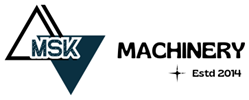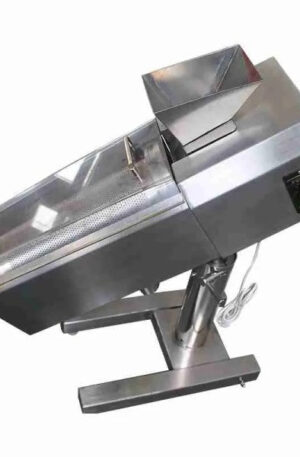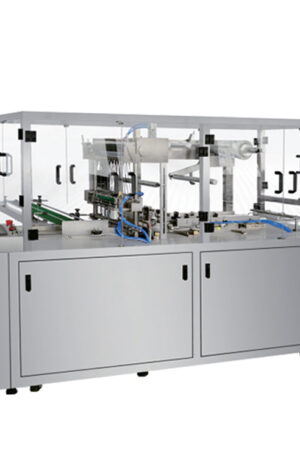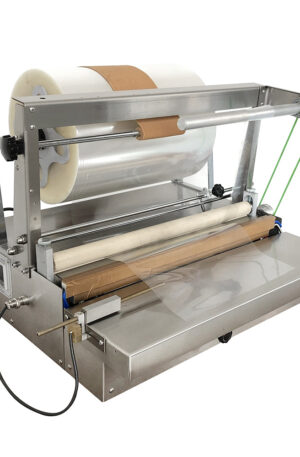Title: “The Role of Pharmaceutical Machinery in Modern Drug Manufacturing”
In the realm of modern drug manufacturing, pharmaceutical machinery plays a vital role in ensuring efficiency, precision, and quality in the production process. Two key pieces of equipment that stand out in this domain are the table press machine and the capsule filling machine. These machines, such as the Tablet Press (TDP) and the Tablet Hardness Tester (THDP), have revolutionized the pharmaceutical industry by streamlining production processes and ensuring the safety and efficacy of medication.
Tablet press machines, like the TDP, are essential in the manufacturing of tablets. These machines exert significant pressure to compress powdered ingredients into a solid tablet form. By precisely controlling the amount of pressure and the dimensions of the tablets, table press machines ensure uniformity in dosage and quality. Furthermore, these machines are equipped with features such as automated feeding systems and tooling options, allowing for efficient and continuous production with minimal human intervention.
On the other hand, capsule filling machines are instrumental in the encapsulation of medicines. These machines, like the Capsule Filling Machine (THDP), enable the precise filling of powdered or granulated ingredients into capsules of various sizes. Through automation and precise control mechanisms, capsule filling machines ensure accurate dosing and eliminate the risk of human error. Moreover, these machines offer flexibility in terms of capsule sizes, filling speeds, and dosage forms, making them indispensable in pharmaceutical manufacturing.
In conclusion, pharmaceutical machinery, including table press machines like the TDP and capsule filling machines like the THDP, are indispensable in modern drug manufacturing. These machines not only enhance efficiency and productivity but also guarantee the quality, safety, and efficacy of medications. As technology continues to advance, the role of pharmaceutical machinery in drug manufacturing will only become more prominent, paving the way for innovative treatments and improved healthcare outcomes.





